
Developer: logicalbeat Co.,Ltd, Namco Bandai, Monolith Soft, tri-Crescendo
Publisher: Namco Bandai
Platform: Switch
Tested on: Switch
Baten Kaitos I & II HD Remaster – Review
When Baten Kaitos: Eternal Wings and the Lost Ocean originally came out, critics generally loved the title, but it never truly broke through in the West. The original game, and its sequel, were well ahead of its time, as it combined fairly traditional RPG gameplay with that of semi-modern deck builder titles. This meant that Monolith Soft took a huge risk by creating something that did not follow the conventional rules of the RPG genre. Nonetheless, Baten Kaitos proved to be a hidden gem that eventually faded to obscurity, becoming a sought-after title for retro game collectors. Now, a new generation is finally able to experience both Baten Kaitos: Eternal Wings and the Lost Ocean and Baten Kaitos Origins in an HD remastered form for Nintendo’s Switch. While the gameplay may be significantly slower than what we’re used to nowadays, this series has stood the test of time almost perfectly.
Story
Baten Kaitos I & II HD Remaster incorporates the stories of two Baten Kaitos games. The first game of the series is Eternal Wings and the Lost Ocean, with the sequel actually being a prequel, dubbed Origins. In Eternal Wings and the Lost Ocean, you’ll be playing as Kalas, who is out on a quest for revenge. Kalas quickly forms a connection with a Guardian Spirit, which happens to be you. You can make a few choices here and there, even though they often don’t have that much of an influence. The story is actually less generic than you might think, and it starts off with Kalas ending up in a backwater village after being attacked in the nearby woods. Kalas isn’t your standard RPG protagonist either. He tends to complain about side quests and he doesn’t mind getting his hands dirty, delving into moral grey areas. While Kalas still has a certain broody personality, which is common for the genre, we did quite enjoy seeing him evolve throughout the experience.
Baten Kaitos Origins fares a bit differently, as you’ll be playing as Sagi, who is a Spiriter. Spiriters have a connection with Guardian Spirits, who in turn protect the Spiriter. Sagi finds himself at the short end of the stick during his last job, as he is framed for the death of one of his co-workers. Due to this, Sagi has to flee while also trying to clear his name. The story delves into the power structure of the world and the corruption of those in power. All in all, this story did feel a bit different in terms of flow and atmosphere. The events of the prequel take place roughly twenty years before the events of the first game.
Graphics
When looking at both games in the collection, the original muddy visuals have been replaced by colorful crisp HD renderings, which makes this duology look great on the Switch. There is no trace of the pixilated graphics of the early ’00s and even the textures have received an update. If you compare the graphics of the original titles, you may notice significant differences when it comes to the general colors, but also gear textures, and environmental textures. We do have to be honest, while this new updated HD remaster looks amazing for two nearly twenty-year-old titles, some of the older environmental textures did look a bit more natural. Even so, the series has never looked so good, and it runs buttery smooth on Nintendo’s hybrid console. Both in handheld and docked mode, we didn’t experience any frame drops or stutters.
Sound
Fans of the original games may be a bit disappointed, as the original English dub has made way for a Japanese-only dub. This may not sit well with some purists, but all in all, the Japanese voice acting is great, and it might be a fun change of pace if you played through the games in English nearly two decades ago. Even so, we do hope a patch is released in the future to perhaps still add the English voice lines, but we doubt this will happen. The cheesy English voice acting was perhaps low in quality, but it did pack a lot of old-school charm. The soundtrack of the game is still as adventurous as ever, but combat music did loop a bit too quickly during bigger battles.
Gameplay
Both games in this collection follow a fairly traditional RPG format, albeit with deckbuilding mechanics replacing more common combat mechanics. In both games, you’ll explore the world around you, engage in conversations, battle monsters, and gain experience as you progress. Leveling up in Eternal Wings and the Lost Ocean is done in a slightly different way, which somewhat reminded us of a Dark Souls game. To level up with your gathered experience, you’ll have to visit a certain location, and only then will you reap the rewards. This leveling system was pretty much removed in Origins.
As stated above, both games utilize deck-building mechanics, and your decks will be used for combat. Each of the battles will always incorporate attack and defense phases, and you’ll have to use your Magnus (cards) during these phases. You’ll have to play cards according to the actions that you are allowed to play or that the enemy is allowed to play. Sometimes you won’t have the correct Magnus to deal damage or even defend. This does feel a bit like an actual card game, where it’s all a matter of luck of the draw. Even so, you do pick up quite a few new cards along your travels, and you do have some liberty as to how you construct the deck of each party member. As you progress through the game, you’ll also raise the card limit for your deck, making it more balanced, and also preventing you from losing too many turns during bigger boss battles due to having to shuffle your deck again. This combat system felt quite refreshing even now. There was perhaps a bit too much in terms of gameplay slowdown due to the score screen after every action, which does break the immersion.
Other than the original combat system, the game plays pretty much the same as your standard RPG adventure. You’ll go and explore the world around you, you can opt to take on side quests, which often reward you with new cards, and you’ll also be able to talk to quite a few NPCs. The NPCs don’t always feel that fleshed out, and some will provide you with cheesy one-liners, but it’s still quite impressive to see how these games have withstood the test of time. Some gameplay segments arguably feel a lot slower than modern RPG titles, but after a few hours, we got used to the more leisurely pace of the games, and we very much enjoyed the ride.
Conclusion
Baten Kaitos I & II HD Remaster is a great remaster of two hidden gems that were undoubtedly overlooked by many GameCube owners when these titles originally came out. We said it at the start of the review, Baten Kaitos was ahead of its time, as it combined traditional RPG gameplay with that of a deckbuilder, and it did so in a splendid fashion. While we did miss the original English dub, and some gameplay segments proved to be a bit slow, Baten Kaitos, as a franchise, withstood the test of time, and we secretly hope that perhaps a new title will one day be made. That being said, if you used to own these titles, you’ll probably have a blast playing through them again, and if you have never played these diamonds in the rough, and you’re a fan of old-school RPGs with a twist, then this duology will certainly be up your alley.

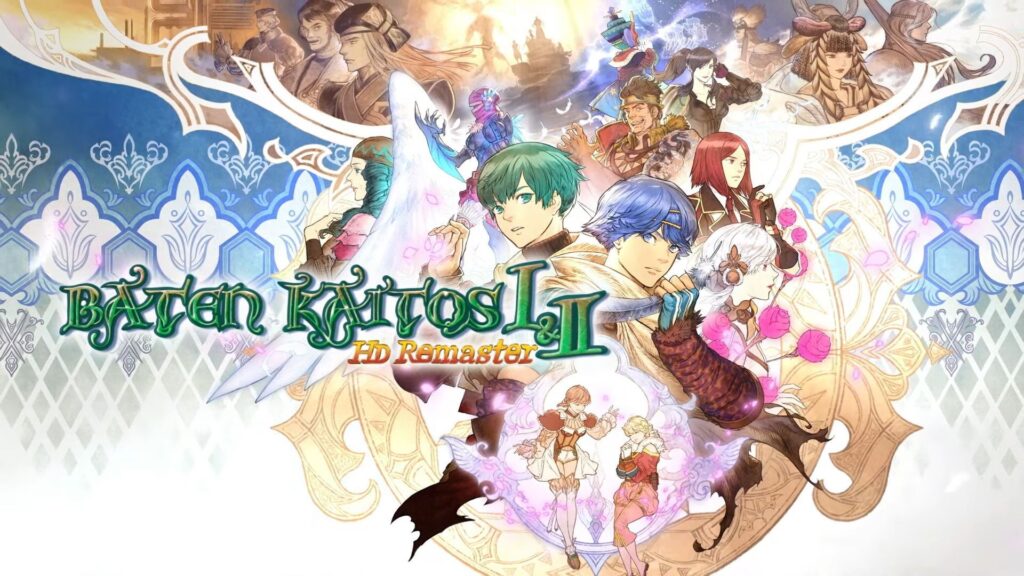
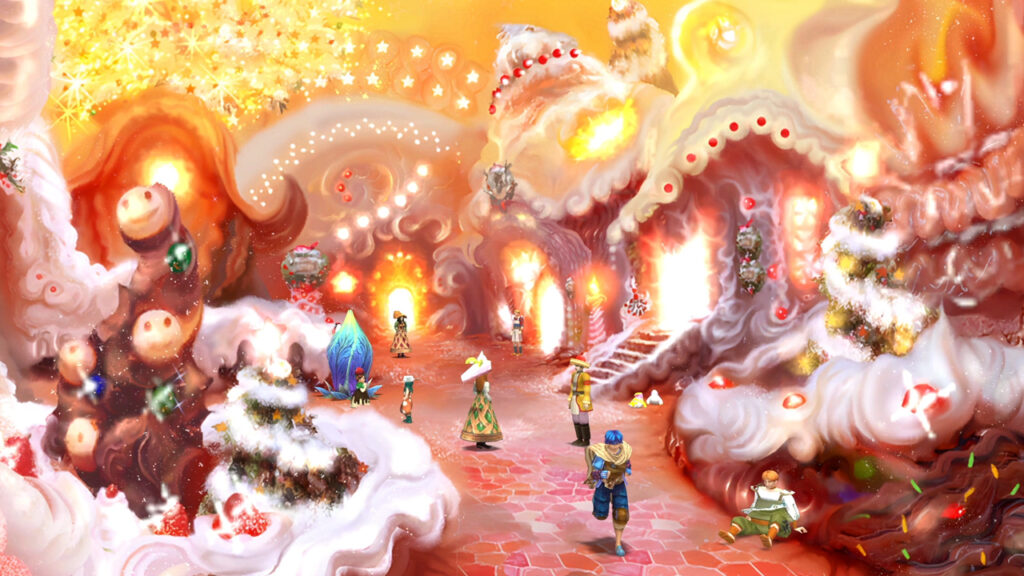
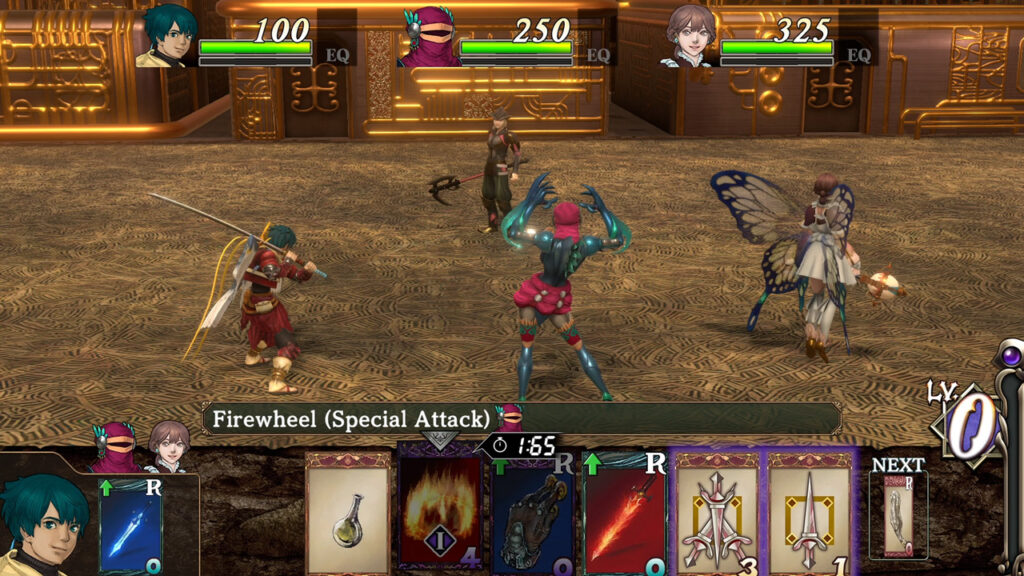
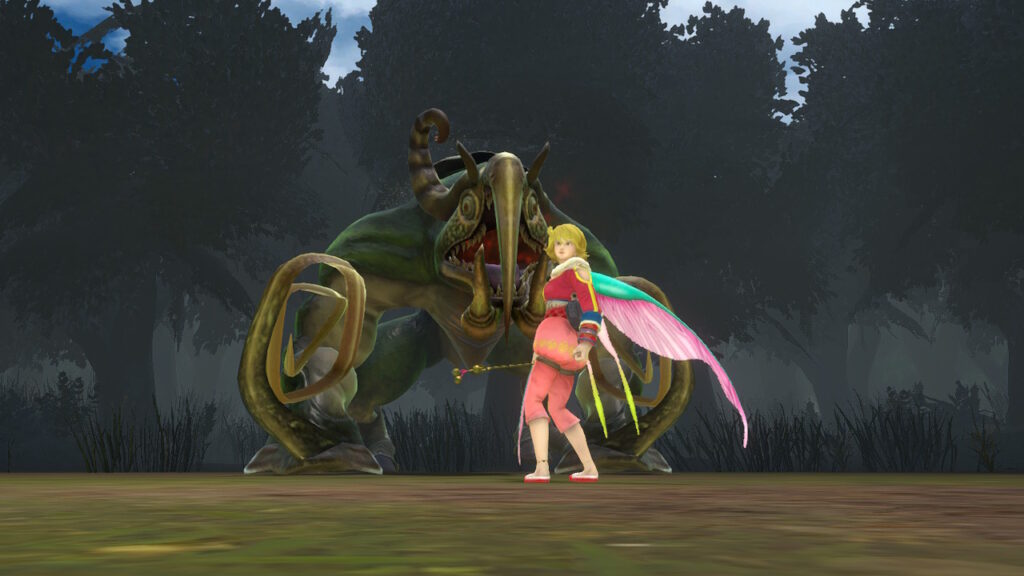
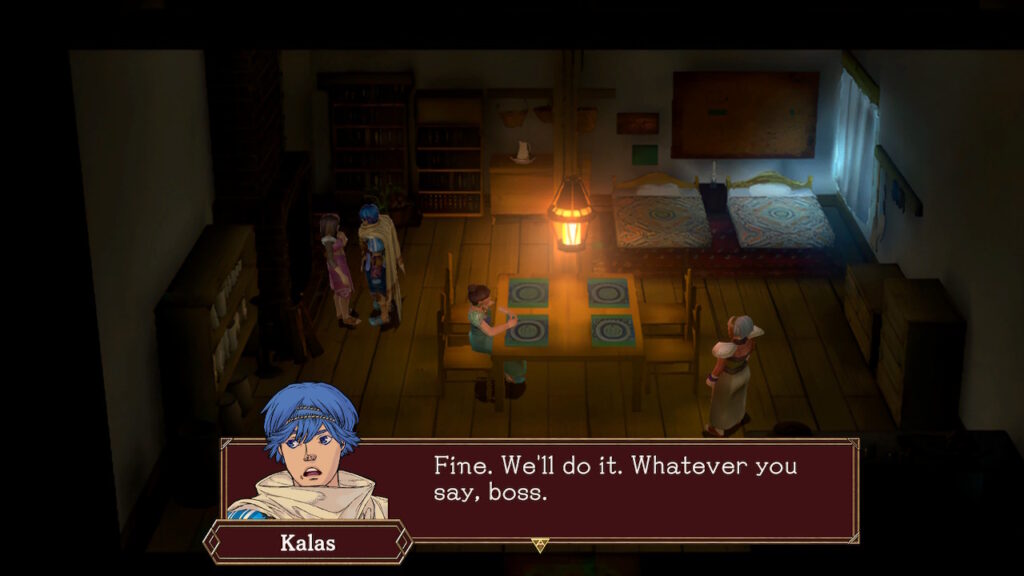
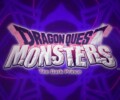

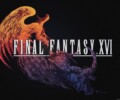
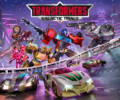
No Comments